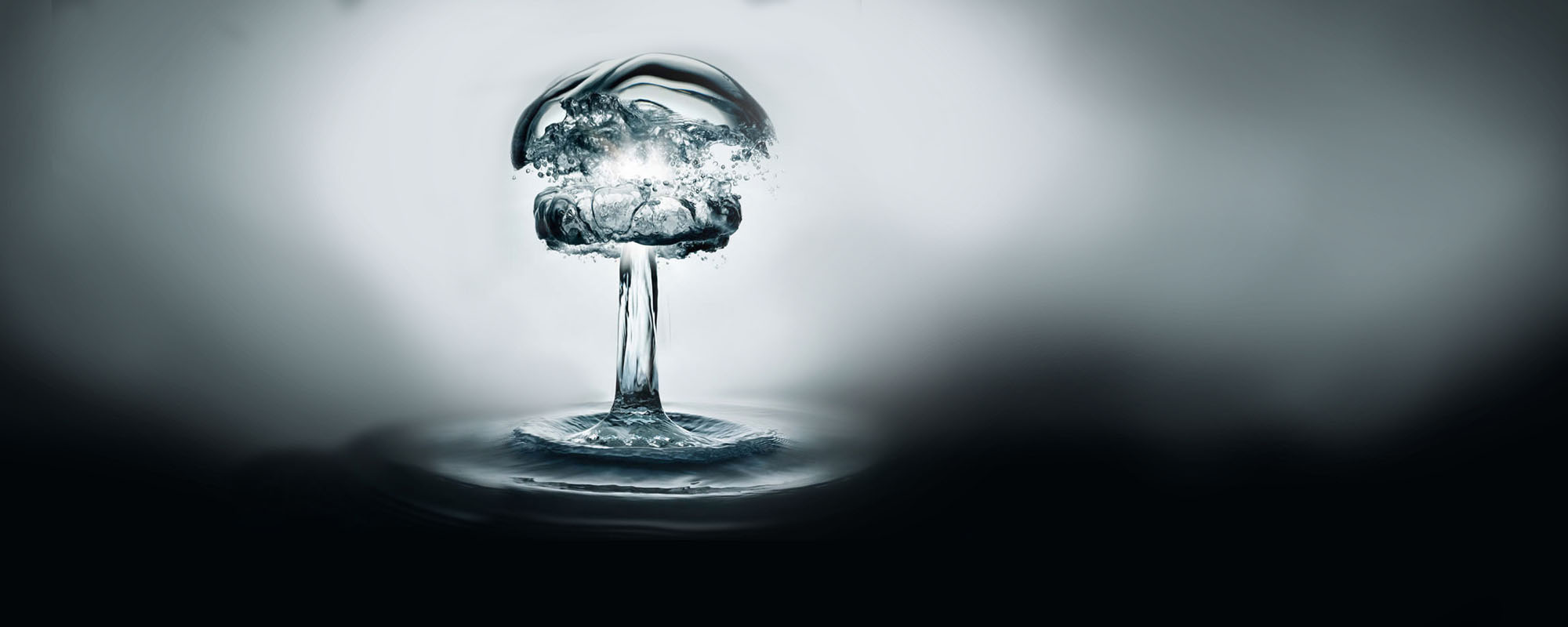Our services include
Under concrete slab
Swimming pools
Fountains, and water features
Behind walls
Irrigation water lines
Concealed water systems
Sewer line locating and profiling
Test to locate sewer odors
Locating sewer stoppages, root intrusion, or broken lines
Locating septic tanks
Water mains
residential & commercial applications
Water tanks
Plumbing leaks under concrete & asphalt
How do I identify a leak?
- Turn your main water supply off and you can hear a distinct sound of water from eg. toilet running
- Your water meter reading changes when you aren't using any water. Do an hourly test without using water to monitor your meter
- If you suspect a leak, compare your monthly water bills to give you an indication if more water has been used than normal
- Walls and floors can have moist or discoloured areas
- If you detect funny odours from floors, walls or near drains and sewers
- Your building foundation cracks or earth shifts for no apparent reason
- You find warm spots on your floor, particularly on concrete slab floors
How do I identify a pool leak?
- When you lose 1/8 of water or more in 24 hours. Perform a Bucket Test
- When algae forms too soon after a chemical treatment.
- You find loose, falling tiles or pool deck cracks (All are signs that the surrounding ground is being compromised by water.)
- Your pool/spa has settled into the ground or cracks and gaps appear in the pool shell or concrete deck.
- You find standing water or uneven grass growth around the pool
- When you have to refill the pool more times than normal
- A tap leaking one drop of water per second wastes more than 25 L of water a day! That’s over 9,000 L a year!
- A five-minute shower with a standard showerhead uses 100 L of water.
- A five-minute shower with a low-flow showerhead uses 35 L of water.
- About 75% of indoor home water use occurs in our bathrooms, and toilets are the single largest water users. Toilets use over 40% more water than needed!
- Only 10% of our home water supply is used in the kitchen and as drinking water but a whopping 65% of it is used in the bathroom.An automatic dishwasher uses 40 L of water, compared to dishwashing by hand, which uses about 35 L.
- A traditional washing machine uses 130 to 250 L of water to launder a large load.
- In the summer, lawn and gardening watering can increase the demand for water by more than 50%.
- One lawn sprinkler spraying 19 L per minute uses 50% more water in just 1 hour than a combination of 10 toilet-flushes, two 5-minute showers, two dishwasher loads and a full load of clothes!
- Using a bucket of water to clean the car instead of the hose saves about 300L of water…each time!





